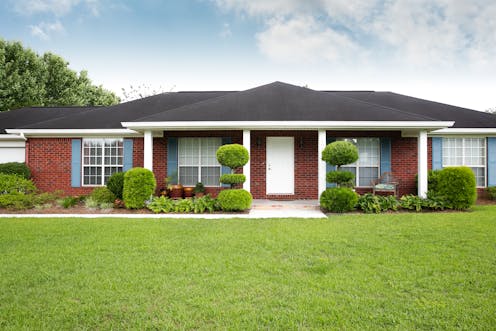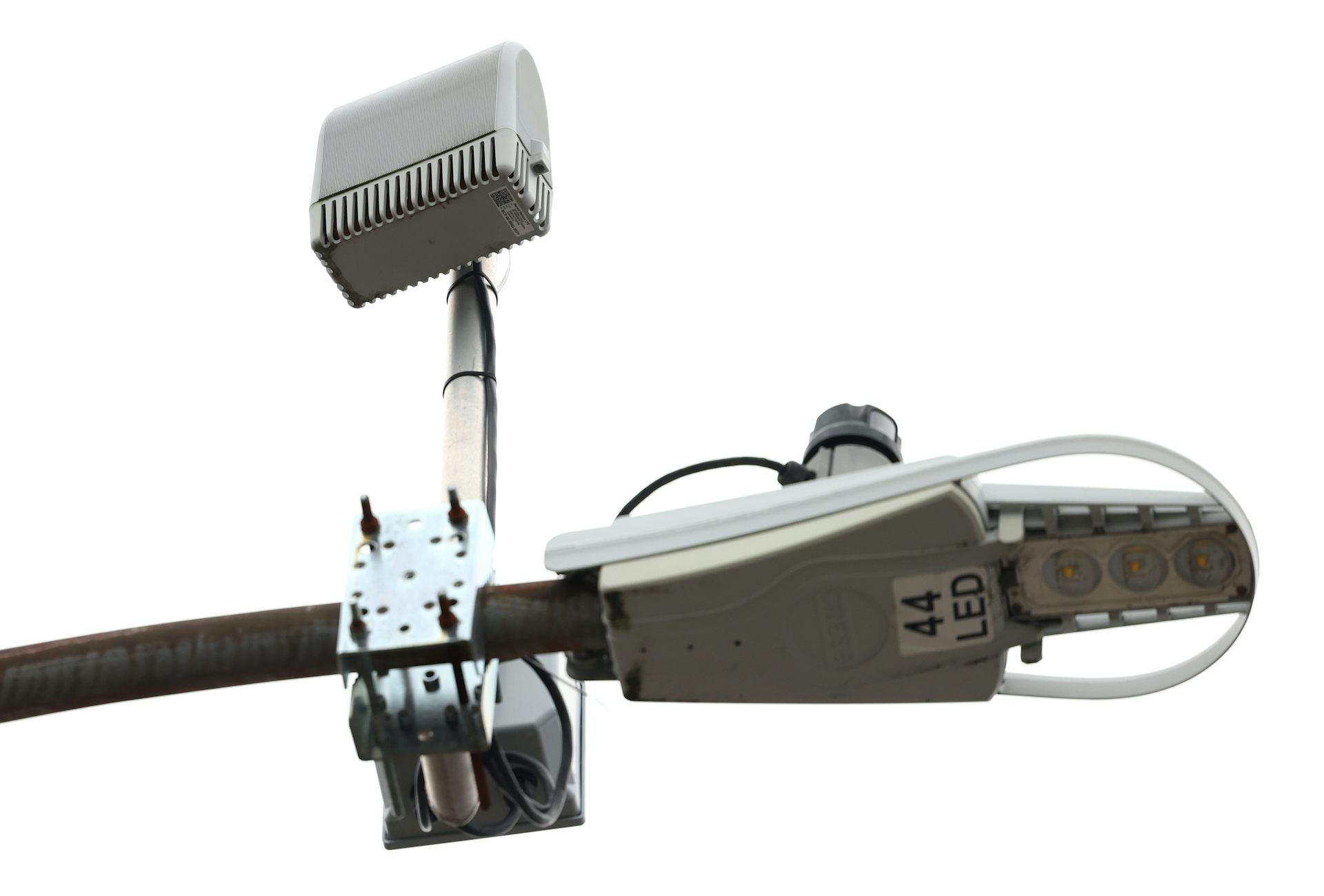The US has become a nation of suburbs
Today, 8 out of every 10 Americans live in a city or suburb.

Since 1970, more Americans have lived in the suburbs than central cities. In 2010, suburbanites outnumbered city and rural dwellers combined for the first time. We Americans live in a suburban nation.
Despite several concerted efforts by city governments to lure residents, suburbanization continues largely unabated. Census figures from earlier this year show that suburbs of warm climate “Sun Belt” cities in the South and West continue to grow, while cities in the cold climate “Snow Belt” of the Midwest and Northeast decline.
Smaller metropolitan areas with fewer than 500,000 people have also grown, related to an improving economy and job creation in smaller urban centers. This ongoing shift towards the suburbs has significant environmental repercussions.
Since cities and suburbs are home for 8 of every 10 Americans, views of the country are often distorted. Most travel occurs within or between cities. Although rural areas have more than three times the miles of roadways as urban areas, more than two-thirds of the 3 trillion miles that vehicles travel each year in the U.S. are in urban and suburban areas.
Jobs, too, are overwhelmingly centered around cities. Less than 2 percent of the American labor force is employed in agriculture.
Many of my students are surprised that the land area occupied by cities is only 3 percent of the nation’s territory. However, they are correct in that cities have an outsized impact on the economy. In 2016, metropolitan areas contributed US$16.8 trillion dollars to the nation’s gross domestic product, more than 90 percent of the country’s economy.
With this economic activity comes a high use of natural resources and concentrated pollution production. Although density can be more efficient when it comes to energy use, the sheer number of urban dwellers means that cities, despite a small physical footprint, have a big energy and pollution footprint.
Rising suburbanization undermines some of the energy efficiency gained by high density living in urban cores. Manhattan has lower per capita greenhouse gas emissions than the suburbs of New York, thanks to factors like apartment living, high costs of car ownership and extensive public transit. Of course, not everyone can afford to live in Manhattan even if they want to. Low-density suburbs are an affordable alternative.
Even so, suburban life can look less desirable. As the U.S. population ages, elderly people may end up “stranded in the suburbs,” far from adequate public transit and unable or unwilling to drive. At my urban university, a mixed use retirement facility was sold out before ground was broken. In the U.S., there are more than 100 university-based retirement communities and the number is growing.
The trend toward suburban life could soon come to an end. Millennials – the generation born between 1981 and 1997 – appear to prefer urban life. They are happier in cities, especially large metropolitan areas, than older generations. The millennial population is growing fastest in metro areas in the Sun Belt and western states, and slowest in the Snow Belt. Topping the list of the fastest-growing metropolitan areas for millennials are Colorado Springs, San Antonio, Denver and Orlando.
Will millennials follow older generations to the suburbs as they marry, have children, recover from the shocks of the Great Recession and find affordable housing? The jury is still out.
Whatever happens, it’s unlikely that people will start to move out of cities and suburbs and back into rural areas. Even though increased connectivity and the internet of things will make remote work more possible than before, businesses will continue to concentrate in urban cores, because they profit from being close to one another. (Futurists once thought the telephone would make crowded cities unnecessary.)
I believe that it’s likely the U.S. will remain a nation of suburbs for some time to come. That will pose a continuing environmental challenge. But it will also bring a new set of opportunities for millennials, who are predicted to overtake baby boomers by next year as the largest generation in the country. How will that generation remake the suburbs to suit their needs and desires without exacerbating current environmental challenges? The answer has profound implications for the nature of cities and urban life in the U.S.
Christopher Boone receives funding from the National Science Foundation and the United States Agency for International Development.
Read These Next
As DOJ begins to release Epstein files, his many victims deserve more attention than the powerful me
Powerful men connected to Jeffrey Epstein are named, dissected and speculated about. The survivors,…
Why are some Black conservatives drawn to Nick Fuentes?
Black Americans and white nationalists have joined forces in the past. And a number of cultural and…
What are gas stove manufacturers trying to hide? Warning labels
The gas industry is opposed to labels that warn consumers of the potential harms of gas stoves.





